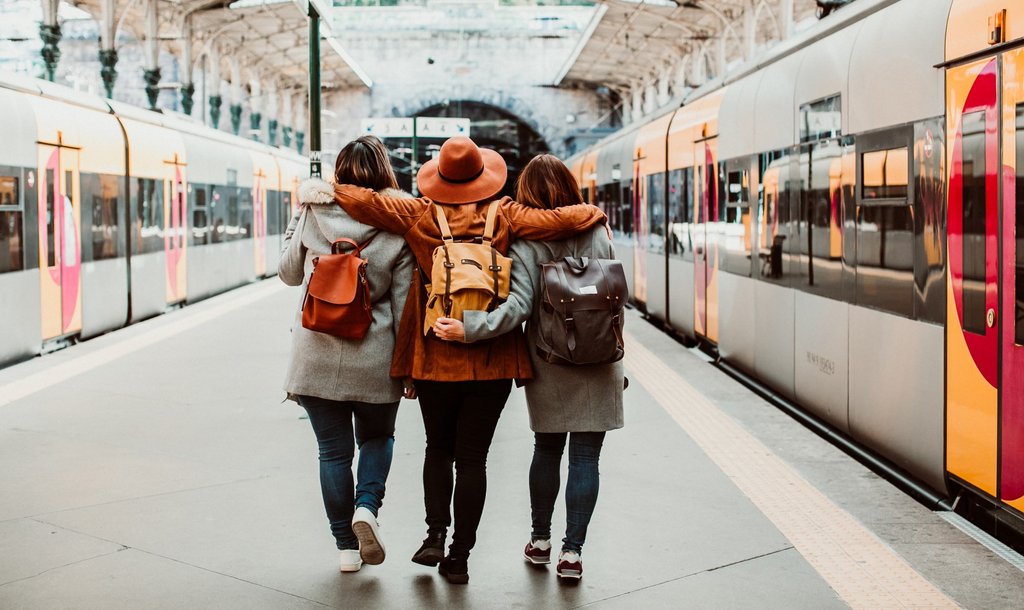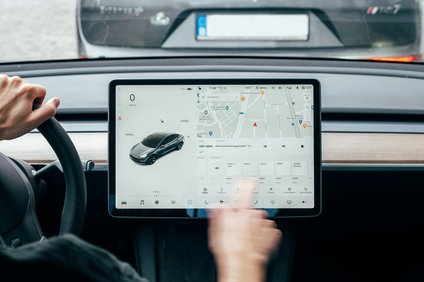Research - 22.01.2024 - 10:00
Study on travel decisions: What attracts us to certain places?
Travelling is a human need – adventure instead of everyday life and the discovering of new things. Above all, however, travellers are interested in experiencing something together with others and sharing these experiences with family, friends and acquaintances. The location does not play such an essential role. This is the conclusion of a new study by tourism expert Pietro Beritelli.

Travellers want to experience something with others and share these experiences later with family and friends. A study by Pietro Beritelli.
Prof Dr Pietro Beritelli has been researching how and why people travel for years. As part of his study "How to leisure travel decisions come about?", he interviewed 256 people, who reported on their decisions regarding a total of 512 multi-day trips and 256 day trips.
Friends, family and holiday destinations
What really influences the choice of destination? Every travel decision is preceded by one or more impulses. "The decision to take a trip for leisure is usually not as spontaneous and simple as walking past a vending machine and buying a soft drink," writes Pietro Beritelli in his study. He states that visiting friends or relatives accounts for a considerable proportion of all leisure trips. For example, when asked "How come you are here today?", study participants gave the following reasons most often: The person themselves or someone in the travel group has friends, relatives or a holiday home or second home in the area, was invited by friends or relatives, attending a wedding or christening. The destination was also often recommended by word of mouth by friends or a tour operator – and the trip was a gift. It was also not uncommon for the reason for the visit to be a cultural or sporting event.
It is interesting to note that the interviewees were often unable to remember the names of the places when travelling to several and/or exotic locations. However, the experiences at the individual locations remained in their memories. The study also shows that very few travellers choose their destination from a "bucket list" of dream destinations. Rather, the decision in favour of a place is made based on direct impulses and recommendations from others. If the trip cannot be realised, new options are sought. Beritelli concludes: "The departure and the journey are more important than the geographical destination."
Social media and advertising campaigns have little influence
Social platforms can be thought of as an online word of mouth. When it comes to travel decisions, however, the platforms have influence only when it comes to posts from friends, acquaintances or relatives. None of the respondents in the study referred to posts by influencers and celebrities. Images of beautiful beaches, breathtaking sunsets or folkloric dances therefore do not attract people to certain places. Image advertising is perceived as abstract; the feelings when looking at the images do not correspond to those expected when travelling there. For this reason, photos, whether online or in printed form, are usually only skimmed, scrolled or wiped away.
According to the study, advertising campaigns, travel fairs, exhibitions or events organised by destination management organisations (DMOs) also play no role. Although they encourage people to daydream by taking brochures with them and trying out culinary specialities, they prove to be irrelevant for a concrete travel decision. Day trips are an exception: Regional and national image advertising or posts on social media have an impact when excursion tips refer to specific attractions and activities.
The traveller in the "driver's seat"
Tourist destinations, also known as "experience spaces", are not cities, regions or countries, but points and lines that connect different attractions, explains Bertelli. Our travel behaviour is similar to the swarming behaviour of animals – ants, birds or fish. Humans also move along flows, usually unconsciously. The more diverse these flows of visitors are and the better the service providers involved manage to adapt to the changing needs of guests, the better off a destination will be in the long term. Individual and group holidays are therefore part of a dense network of flows, a dynamic ecosystem that makes tourism a perceptible phenomenon. The more people like certain places and personally recommend them to others, the more likely it is that others will also visit these places. It is only at this point that tourism providers can exert indirect influence by expanding means of transport, providing bookable offers and lifting travel restrictions. However, the traveller always sits in the "driver's seat" – which is why, unlike organisations or service providers, tourist destinations are not in competition with each other.
Image: Adobe Stock / lubero
More articles from the same category
Discover our special topics











